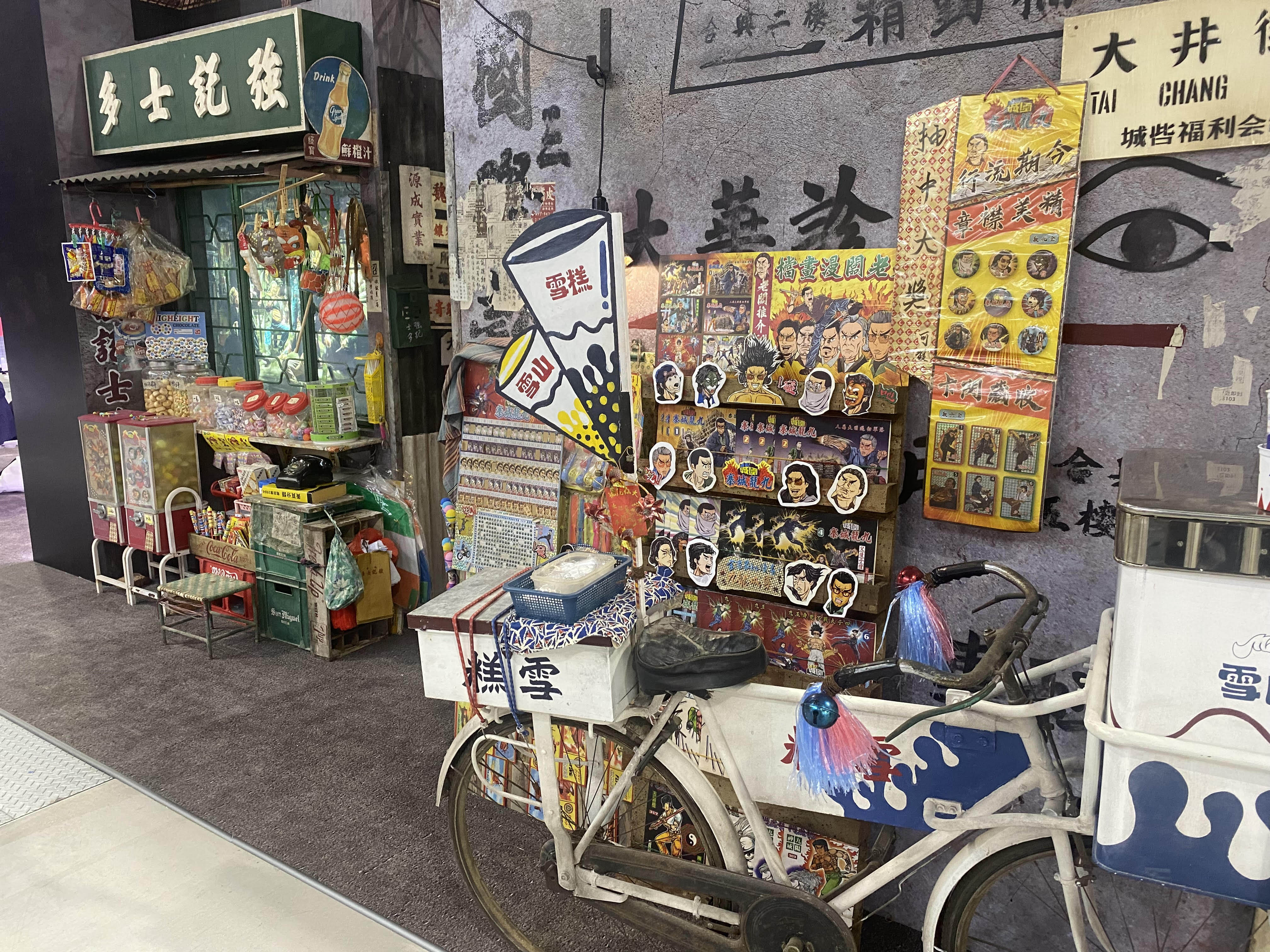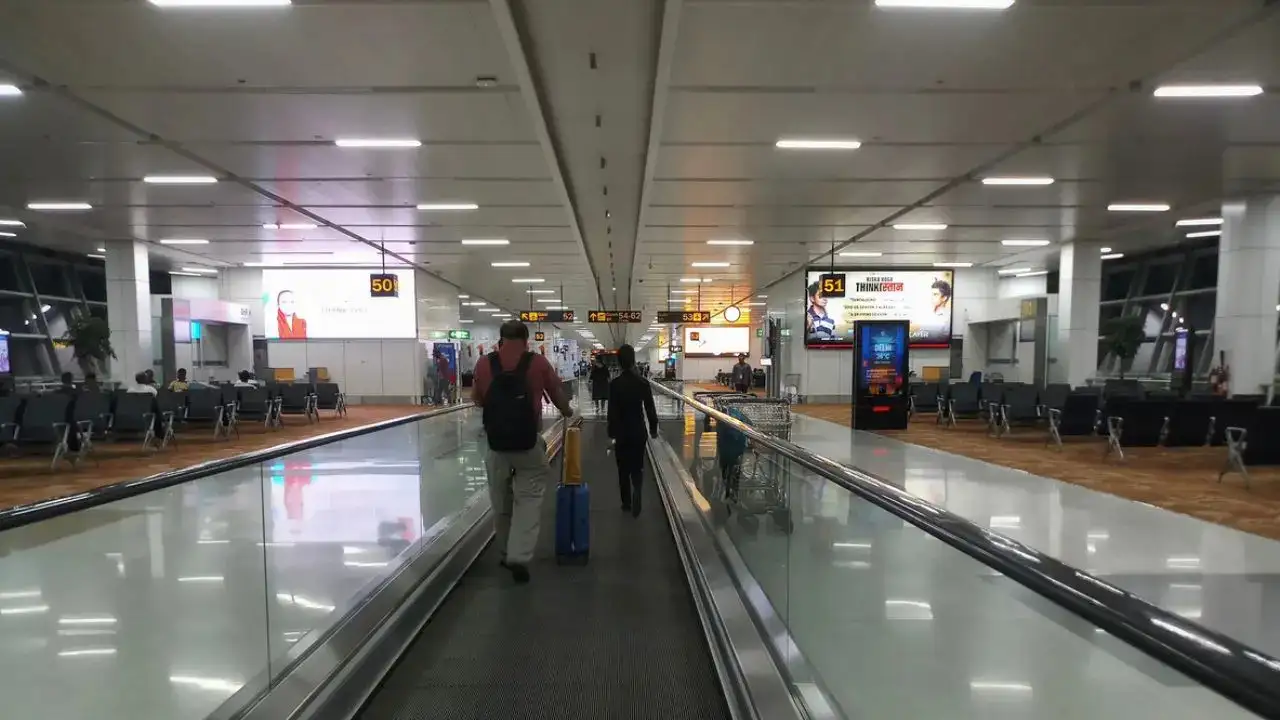By Julian Ryall
Copyright scmp

The number of Japanese travellers to Hong Kong jumped more than 32 per cent for the first half of this year compared with the same period in 2024, an encouraging sign of recovery for tourism authorities in the Chinese city seeking to draw more visitors from the Land of the Rising Sun.
Between January and July, 395,375 Japanese travelled to Hong Kong, a healthy 32.2 per cent increase on the same period last year. This figure is still, however, slightly more than 46 per cent down on arrivals in 2018, immediately before the coronavirus pandemic brought tourism around the world to a screeching halt.
The positive figures reflect efforts by the Hong Kong Tourism Board (HKTB) to draw more arrivals from a tough market in the face of the weak Japanese yen.
“Japan is a difficult market … A lot of Japanese people are still nervous about travelling abroad and many have not renewed passports that expired during the pandemic. They used to travel abroad but a lot seem to prefer to travel in Japan now and they have got out of the habit of going abroad,” Marii Hayashi, assistant manager for public relations at HKTB’s Tokyo office, told This Week in Asia.
“Also, the yen is very weak against other currencies at the moment, which makes travel overseas expensive, although we are trying to emphasise that it is still much cheaper to fly to Hong Kong than to go to Europe or other long-haul destinations, so we are confident there is still potential to continue to grow.”
Hong Kong is putting on a display contrasting its hyper-modern visuals with the grittiness of its streets at the Tourism Expo Japan 2025 in Nagoya. Visitors have praised the city’s booth as the most eye-catching in the entire show.
The agency is confident that showcasing the new and the old will help it continue to build on the solid growth in inbound tourism from Japan in the last 12 months, despite the considerable headwinds of a weak yen and a broader aversion to overseas travel among many Japanese.
“We started the ‘Kawaii Hong Kong’ campaign in April this year and we are particularly targeting female travellers in their 20s and 30s,” Hayashi said, referring to the Japanese word for “cute”.
High on the agenda for this sector of Japan’s travelling public are the pandas of Ocean Park – particularly twins Jia Jia and De De, born last year – local cuisine, Hong Kong Disneyland and anything involving the Labubu character.
And these tourists, travelling alone or in small groups, are arguably doing a lot of the board’s work for it, Hayashi said, as they were obsessive about posting on their social media feeds about their experiences and adventures.
The four-day travel expo, which opened on Thursday at the Aichi Sky Expo convention centre and in Japan’s fourth-largest city for the first time, was an important way for the HKTB to update travel agencies on the latest attractions and trends in the city and then, on the final two days when the event was open to the public, to interact directly with potential visitors, Hayashi said.
Two faces of Hong Kong
Hong Kong’s booth this year shows off the city’s two faces. One side is illuminated with neon signs and sleek big-screen images, but around the corner is old Hong Kong.
An old-fashioned delivery bicycle is propped up against a graffitied wall of a sweet shop. Next to it is a barber’s shop with a revolving red, white and blue pole and a leather seat. Outside a restaurant displaying food in its window and a rotary phone on its desk are foldable tables and seats.
“We wanted to recreate some of the scenes from the Twilight of the Warriors movie, which was very popular in both Hong Kong and Japan,” said Hayashi. “The film is set in Kowloon and there is now an exhibition in Hong Kong that many Japanese visitors want to see.”
There are 461 weekly flights from 13 cities across Japan to Hong Kong, although a number of routes still have not been resumed after rumours went viral earlier in the year that a massive natural disaster was about to strike Japan.
A result of a manga story published in 2021 that suggested an earthquake would cause devastation across much of the country in July, the claims were amplified on social media, while comments by a Hong Kong feng shui master also warned of impending disaster in Japan.
Local newspapers reported in June that Hong Kong-based Greater Bay Airlines and Hong Kong Airlines had reduced their flights to a number of Japan destinations after reservations fell.
The earthquake predicted in Ryo Tatsuki’s Watashi ga Mita Mirai, Kanzenban (The Future That I Saw, Complete Edition) never materialised, and many in Japan’s inbound travel sector are furious at the damage the manga has caused to the industry.
The suspension of Hong Kong-based airlines also affected arrivals from Japan, Hayashi said.
“These suspensions did not affect arrivals from the big cities, but they did impact arrivals from regional cities,” she said. “The airlines are now trying to build back, but once an airport slot has been lost, it can be difficult to get it back again.”
Carlos Wong, general manager of Hong Kong’s Starphire Hotel, is optimistic that the Japanese market is recovering.
“We are starting to see more people from Japan and we want to really push in this market,” he said. “We are working with the big Japanese travel agents, but we are also seeing more independent travellers, more younger people travelling in small groups.
“And even though the yen is weak, that just means we are seeing a different type of traveller, a slightly higher spending traveller.”
Travel to mainland China is also faring well, according to Ren Shuangshuang, project manager for the China National Tourism Office in Tokyo. That is reflected in the rapid growth in the number of Chinese companies that are taking part in this year’s event, up from just two in 2022 to 31 today.
“Many Japanese people want to go to Shanghai and visitors this year are already 2.6 times up from the same period last year,” she said. Japanese are keen to visit Shanghai Disneyland, find out about the Silk Road, see pandas and, of course, try the local cuisine.
Ren played down concerns over diplomatic challenges affecting Tokyo-Beijing ties, saying: “We welcome all Japanese people who want to come to China and all we want to do is show them all the best parts of our country.”



